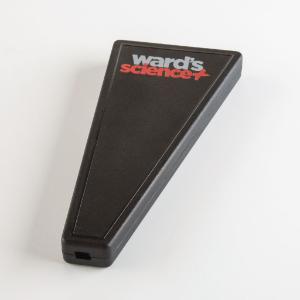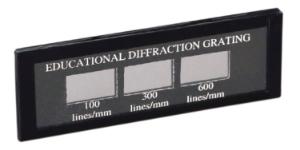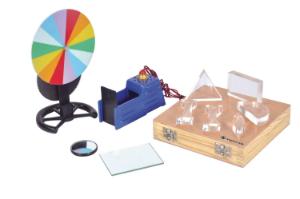Wait - Light is Made of Other Lights?
Grade Level: Middle and High School
Discipline: Chemistry, Physical Science, Spectra, Transmission, Absorbance, Refraction.
Standards: MS-PS4-1, MS-PS4-2, MS-PS4-3. For high school standards alignment, this works toward HS-PS4-1, HS-PS4-3, and HS-PS4. If instructors want to target additional standards, the pre-lab and post-lab questions can be altered accordingly.
The purpose of this lab is to demonstrate that different types of light emit different frequencies of light. To make this practical for a middle school or high school science lab, simple diffraction grating lenses, boxes, and duct tape are used to make spectroscopes. Students use these to observe the spectral lines of several different light sources. Please note: I am not the first teacher to make spectroscopes from cheap diffraction lens and cardboard boxes, and you can find assembly instructions for more sophisticated setups online. This is an inexpensive option that students can build with minimal skill.
Learn more by downloading the activity plan above.
Recommended Products
[StartProductBlock]

QA Spectroscope
Students can analyze flame and stellar spectra, measuring wavelengths from 4000 to 7000 Å with an accuracy of +50 Å.
[EndProductBlock]
[StartProductBlock]

Demonstration Diffraction Grating
This quality card slide lets you demonstrate and compare the properties of light waves.
[EndProductBlock]
[StartProductBlock]

Concepts of Light Classroom Kit
Using mirrors, lenses, and a ray box, you can help your students better understand how light can be bent or reflected in different ways based on the shape of the lens or mirror. You can also explore how light and color are related.
[EndProductBlock]
